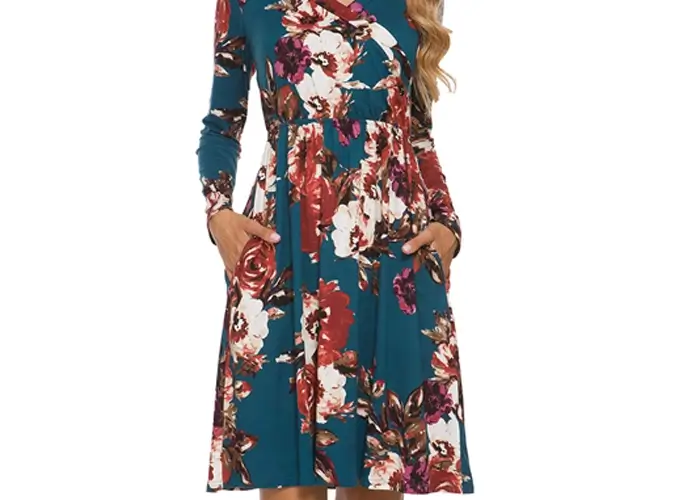
Thermal transfer printing is one of the textile printing methods. It first prints the pigments on paper and then presses them onto textiles through high heat.
This kind of printing has bright colors, good color fastness, and high color rate. Most of the brightly patterned yoga pants will choose this printing process.
Thermal transfer printing is cheap, with bright colors and high color fastness.
This process is generally used for polyester fabrics, and cannot be used for textiles with high cotton content, or silk and satin.
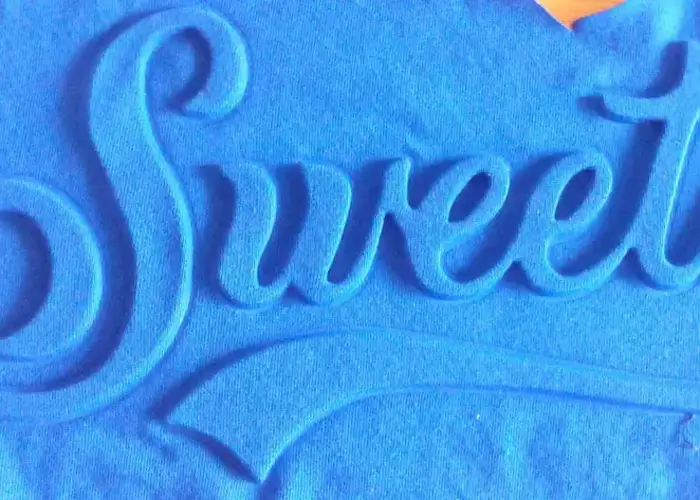
Concave-convex printing uses the printing method to locally apply chemicals that can expand or shrink fibers on the fabric, and through appropriate treatment, the fibers in the printed part and the fibers in the non-printed part have the difference in expansion or shrinkage, so as to obtain products with regular concave-convex patterns on the surface.
Concave-convex printing has the characteristics of strong visual three-dimensional sense, good hand feeling, various colors, environmentally friendly materials, and rich three-dimensional effect.
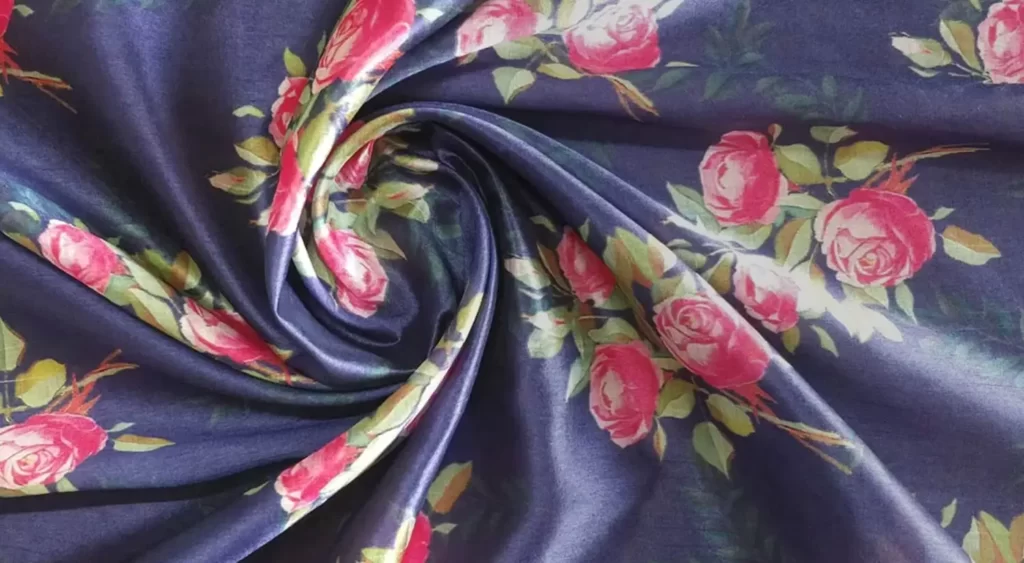
The digital direct-injection printing process is also a kind of digital printing. It is a printing process in which the ink is directly printed on the fabric through the digital direct-injection printing equipment, and then the color is fixed by high temperature hot pressing or tunnel drying.
This printing method is as simple as printing paper on a printer, and the speed is so fast that it can be achieved on-site immediately.
The printing color is not limited by the pattern, and it is directly converted from the image data to the equipment to convert the printed product through the computer software.
Digital direct injection printing is fast and high in output. The color and color gamut is wider than traditional printing, and the color resolution is high.
However, digital printing is not suitable for printing black fabrics. Digital printing is more expensive than traditional printing.
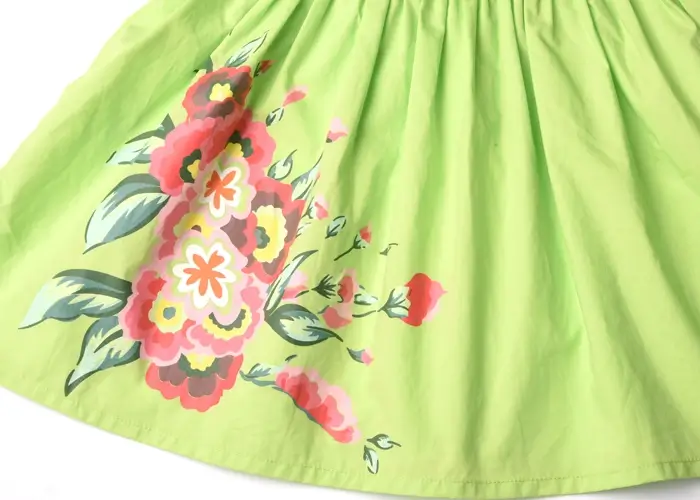
The so-called water-based slurry is a kind of water-based slurry, which is not strong in the hand feeling and coverage when printed on clothes.
It is only suitable for printing on light-colored fabrics. The price is relatively cheap, and it is a widely used printing type.
Water slurry printing has a wide range of applications and is inexpensive, and can be applied to all kinds of light-colored fabrics. The printed part is light and soft, which can ensure the original texture of the printed part.
The slurry of water slurry printing penetrates into the fabric during printing, and the pattern part has good air permeability and fastness, which is suitable for printing large-area printing.
Generally, the water slurry will merge with the fabric during the printing process, which makes it impossible to print on dark fabrics. Water slurry printing adds a unique process, and dark bottom shirts can also be printed.

Rubber printing is made by mixing chemical glue and slurry, and the mixed dyes are attached to the clothing printing using various adhesive media.Rubber
The glue printing has good coverage and can be used on various dark fabrics. The glue printing pattern has high three-dimensionality, has a certain luster, and presents a good texture. At the same time, the glue and a variety of color dyes have good fusion, and the color reproduction of the pattern is high, and the printing color is bright.
The process of glue printing is relatively complex, time-consuming, and the printing cost is also higher. After the glue printing is formed, it is usually gelatinous, has a certain hardness, and the air permeability is lower than that of the water slurry printing, so it is not suitable for printing large-area patterns. The mucilage printing is uniquely processed, and the softness is higher than that of ordinary printing.
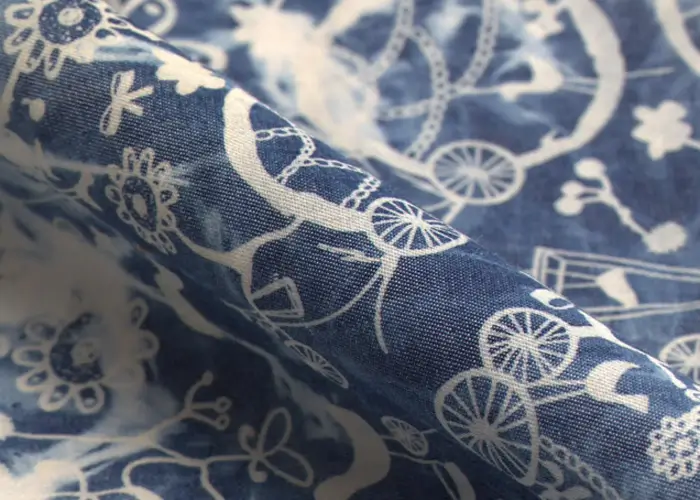
Discharge printing is to use dyes that are not resistant to discharge agents to dye the ground color. After drying, use a dye printing paste containing a discharge agent or a color dye that contains a discharge agent at the same time.
During post-processing, the ground color dyes at the printing site are destroyed and decolorized, forming white patterns on the color ground or colored patterns formed by dyeing with color dyes.
Discharge printing is more delicate than anti-dye printing, with clear outlines and no white edges, and the effect is better.
The discharge printing process is complicated, prone to defects, and the cost is high.
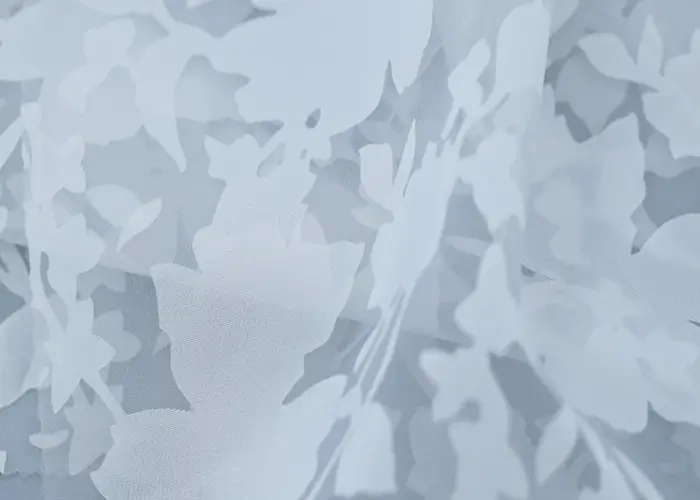
Burnout printing is to use the difference in chemical resistance of different fibers in interwoven or blended fabrics, and apply a burning-out agent to partially remove one of the fibers in the fabric through the printing method, and retain other fibers to form a translucent pattern.
Burnout Printing was first used on silk interwoven fabrics, such as burnt-out silk and burnt-out velvet, and later on burnt-out polyester/cotton fabrics and other fabrics.
The burnout printing products have won the praise of consumers for their elegant and novel appearance, soft and smooth feel, drape and elegant, and unique style of bright colors.
Since its establishment, Dongshang has produced a lot of printed garments for customers, and has tried all kinds of printing. We have accumulated a wealth of experience in printing technology and can provide you with the perfect solution for any pattern design.
There are more than 10 printing manufacturers we cooperate with, which can meet your printing needs, and because of long-term cooperation, our printing prices are very competitive.
Quality is key, we focus on offering high quality clothing to grow your fashion brand.
© Dongshang Apparel Co., Ltd / All rights reserved.
©Dongguan Dongshang Garment Co., Ltd All Rights Reserved.
WhatsApp us
